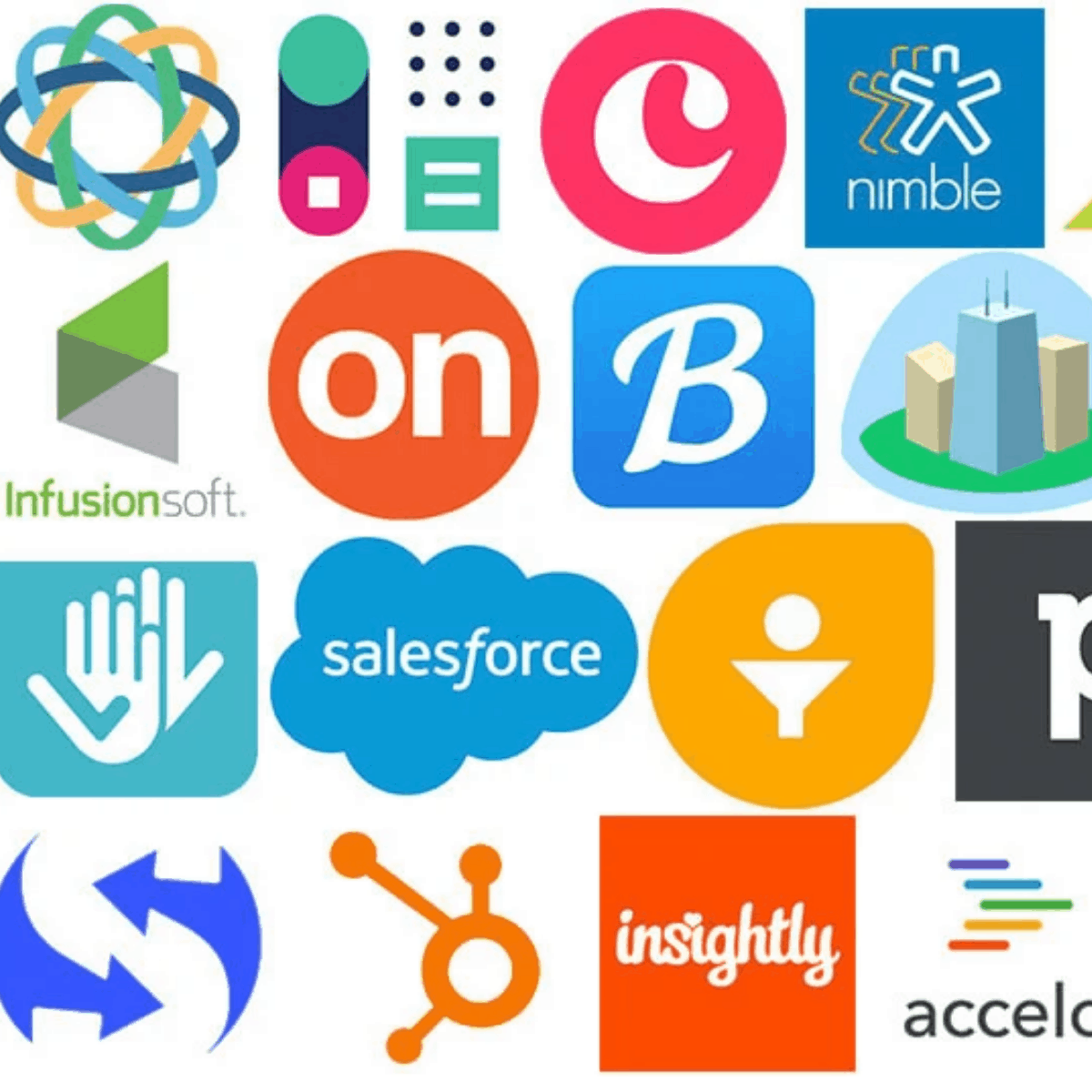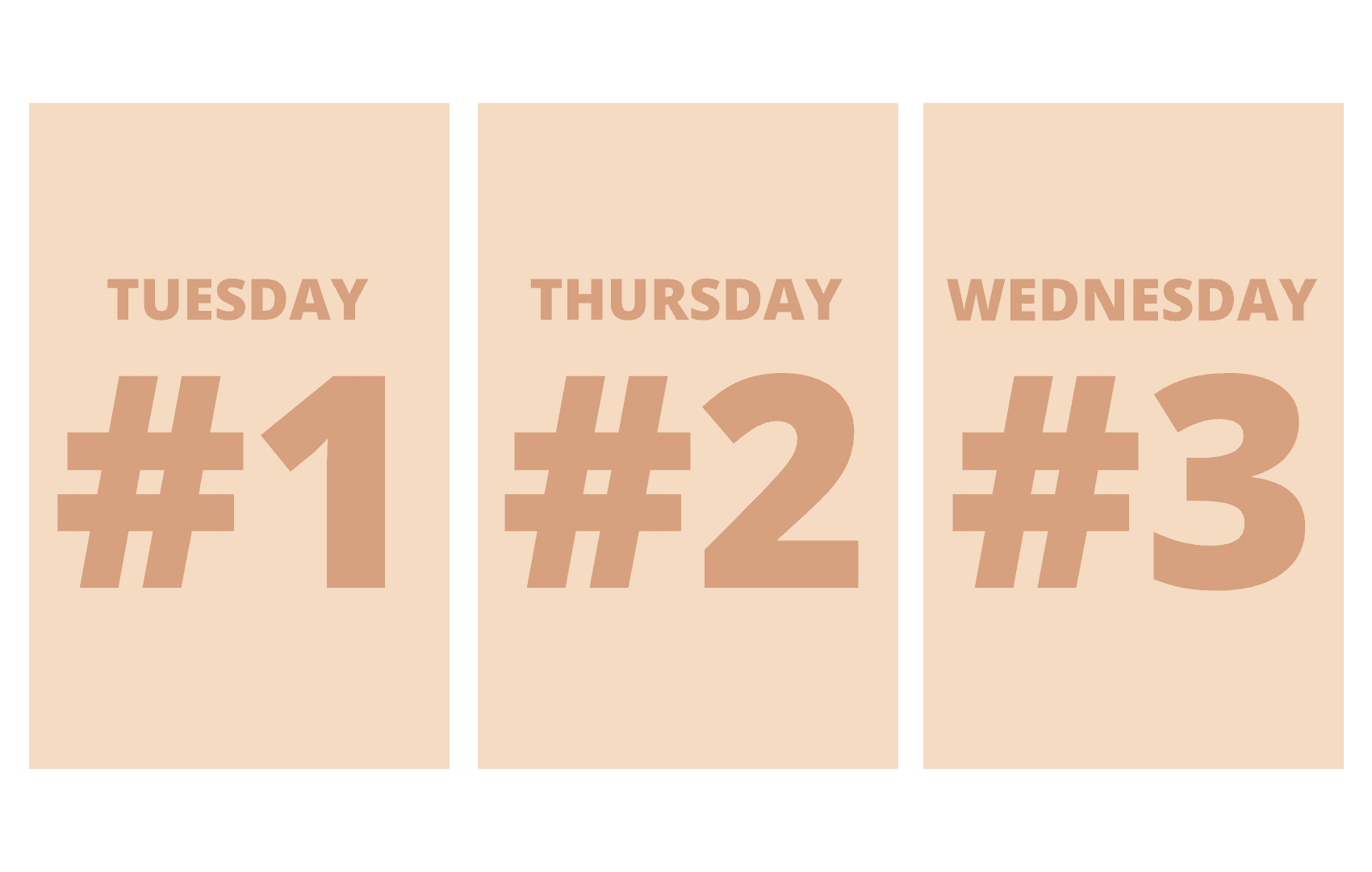It can seem hard to find just the right content, subject lines, send times, and email platform for your company, but according to these stats, the results are well worth the effort. The National Client Email Report shows that email generates $38 for every $1 spent, which makes for a very impressive 3.8% ROI. This makes sense when you consider that the average U.S. citizen checks their personal email account more than 10 times a day. So if you’re hoping to engage with former, current or prospective clients, email is arguably the best way to reach them. Consistent email campaigns can also increase your customer retention by up to 80%.
But what if email marketing isn’t working for you?
Well let’s change that. Take a look at these tips and consider implementing them in your email marketing strategy. The more you learn about email marketing, the greater return you’ll see.
How’s your customer data looking?
One of the most basic problems we see is that small business owners aren’t digitizing their data or they aren’t keeping it as up to date as they could. Hopefully you’re using a customer management system, but if not, invest in a good one that will help you organize your data. From there, you can export lists from your CRM based on different requirements and create targeted email campaigns. For example, if you’re an insurance agent hoping to upsell a product, export all customers on basic auto insurance and email them out a limited time offer to get better coverage. Organized data is key for sending out a campaign like this.

Up your cross-selling game.
Email can be your primary line of communication for cross-selling. Create email messages and then use an email marketing platform to personalize them for each customer. Phone calls are great, but most of your customers would probably prefer to consider your offer via email at their own convenience.
Avoid a one and done attitude.
It’s unlikely you’ll be able to convince your potential or current customers to sign for a new product after just one email. So keep that “marathon” approach in mind when you’re constructing your campaigns. Instead of bombarding them with loads of information in one email, try to disseminate it through two or three. Remember to include a call-to-action button in every email.
A good email flow might be:
- Initial email where you lay out the issue and its solution (aka your product).
- Follow-up emails with additional information on the solution and a sales hook that encourages them to get in touch with you.
- Reminders to take you up on your offer or give you a call.
Ask people questions.
At some point, everyone has been stuck in a wayyy too long conversation with someone who loooves talking about themselves. A basic principle (that apparently some people never quite learn) is that good relationships happen when you ask questions and listen. So use email to ask your customers about their experience with your agency, consider their feedback and then make plans to improve.
Create the habit of checking in with your clients at set times throughout the customer cycle. In fact, you can even program automated messages to go out at specific times. For example, send an email 3 months after you’ve signed a client. Ask them how their experience has been so far, if they have any questions or suggestions for improvement and always encourage them to get in touch with you.
You can set up reminders that will let you know when it’s time to check in with a particular customer. Although many prefer email communication these days, some still prefer a good old fashion phone call. Make a note of these customers and try to get in touch with them on the phone at least twice a year.
When are you sending your emails?
Another solution to your email marketing woes could be as simple as sending emails on the right day at the right time. In this post from CoSchedule, you will find links to ten studies that have delved specifically into ideal email send times.
Here’s what you need to know:

The best days to send:
Tuesdays, Thursdays, and Wednesdays are considered the best days to send emails to your subscribers. Most studies recommend against sending emails on Mondays and for very obvious reasons. The weekend is over, people are bummed out about going back to work, and they probably have an inbox full of spam messages they received during the past couple of days. So, the first thing they will probably do is delete some of those emails. While the weekdays generally have low open rates, a few studies pointed out that you can actually get more people to read your emails during Sundays and Saturdays. That may be because these days have a low volume of emails as most marketers avoid sending over the weekend.
The best time:
Most studies concluded that open rates start to climb around 10 am. People get to their offices at around 9-9:30 am, drink their coffee, talk with colleagues and then open their emails. Open rates peak from 2-5 pm in the afternoon. Check out the chart below for more info.
How to know things are working:
As a rule of thumb, you should pay special attention to the click-through rate (CTR,) click-to-open rate (CTOR,) and the open rate.
- Click-Through Rate: The click-through-rate shows you the people who have actually clicked on a link or image in an email. It’s a good indicator of the quality of the content and whether you are pushing the right buttons to get your audience interested in your offers.
- Click-to-Open Rate: This number reflects the people that opened your email and the ones that clicked on a link. This information is vital as it can help you determine what type of content your audience is interested in and what you should focus on. If you want to find out your CTOR, then you should divide the CTR by the open rate and then multiply it by 100%.
- Open Rate: As the name suggests, this number shows how many of your subscribers are opening your emails.
Get your creative juices flowing with subject lines.
So obviously, no one is going to know what’s in your emails, unless they open them. The only way they’ll open them, is if the subject line is engaging. So how can you turn a few simple words into an irresistible hook?
Keep it short:
Subscribers get to see about 60 characters of your subject line if they are using a desktop computer and only 30 if they are viewing the email from their mobile device. That means that there is no room for beating around the bush. Place the most important information at the beginning of the subject line. Tell your audience from the beginning why they should open the email and what they can expect to get.
Keywords:
There are two reasons why keywords can help you write better subject lines. They inform your audience about the content of the email and it makes it easier for you to manage your campaigns.
Cliffhangers:
Think about the last time you read a book and the author left you hanging at the end of the chapter. Were you able to close the book and go to sleep as planned? Probably not. That’s the power of a cliffhanger: it makes your audience curious by giving them enough information to make them interested, but not enough to get the full picture.
Numbers:
One study showed that stats and numbers can help you increase your open rate. That’s because unlike vague promises, numbers are concrete. “Save 15%” is more palpable than “You Will Save Money.” Moreover, sometimes stats can be surprising and shocking and may make people open the email just to confirm them.
Personalization:
This is the key to the hearts of your customers. It shows that you don’t see them as nameless walking wallets, but as individuals with specific needs and wants. Using the recipient’s name or company name is perhaps one of the easiest ways to get them to open your email. For example, you could write “Jane, don’t miss the 20% discount on our sunglasses.
Emojis:
It’s 2021 and emojis are here to stay. Some reports claim that businesses who use emojis in their email subject line are seeing a 56% increase in open rates. 😃 Would it work for you? Well, there is only one way to find out.
You’re on your own now… just kidding we can help.
At Lift Local, we strive to take the guesswork out of email marketing for your business. Our 3 most popular email campaign services focus on winning back former clients, engaging leads and gathering feedback and reviews from your customers. We’d love to discuss our customized email products with you and see if they’re a fit. We’ll monitor your send times, subject lines, content, and response rates to achieve optimal reach. And then give you a monthly report. Fill out the form below to get more info.

